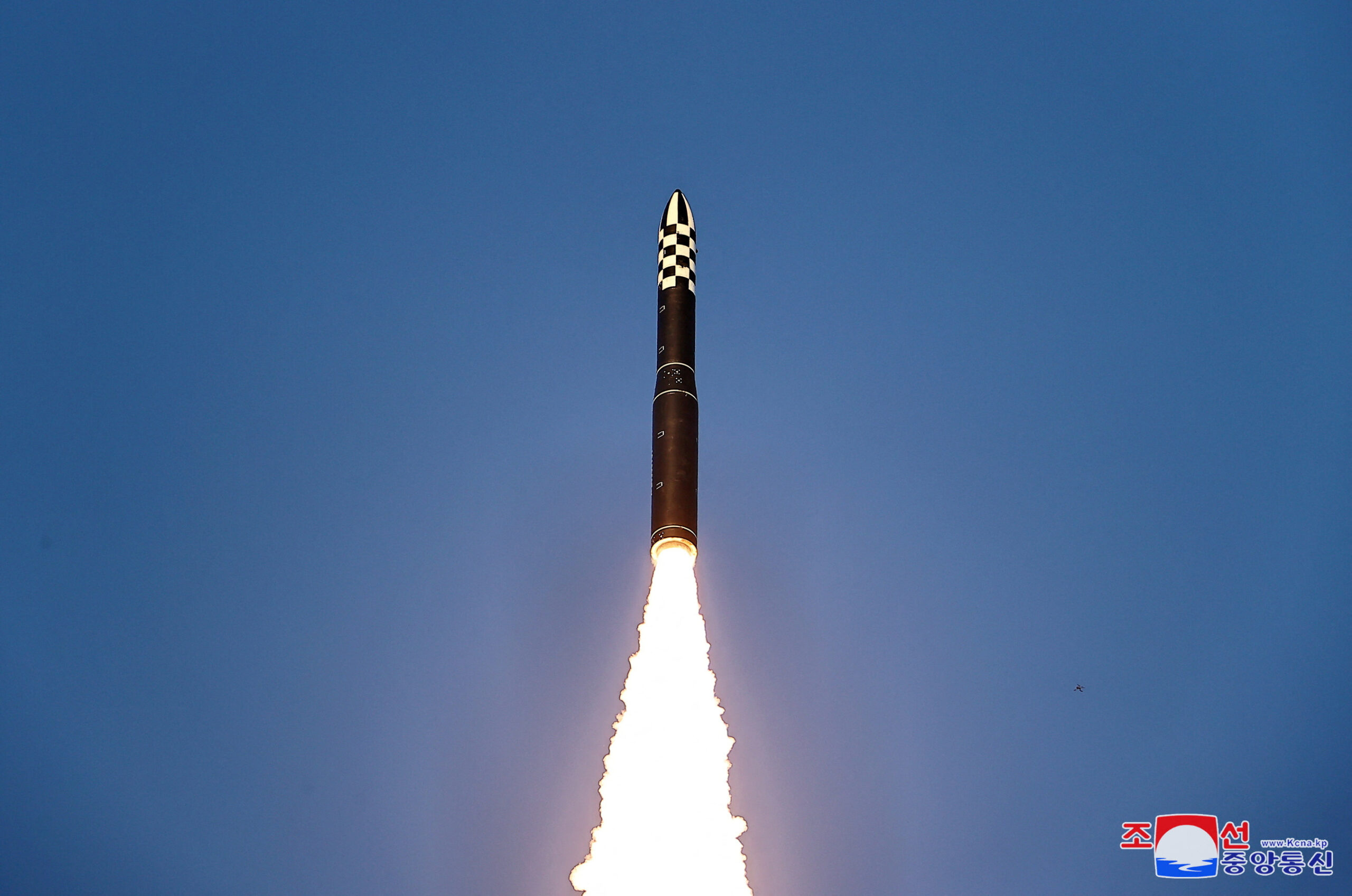Is there a secret to longevity? This health expert says 1,000% yes
In the era of social media, post-COVID, and with mental health at the forefront, a shift is taking […]

North Korea conducted a potential intercontinental ballistic missile (ICBM) launch on Monday morning, signalling an increased reliability in the secretive state’s illicit weapons programme, according to analysts. A preliminary assessment by the Japanese Defence Ministry suggested that the missile’s range could cover the entire United States.
The ICBM-class ballistic missile launched on this occasion, if its trajectory and warhead weight are considered, could potentially reach a flying range exceeding 15,000 kilometres (9,320 miles), placing the entirety of U.S. territory within its reach.
Japanese authorities reported that the missile followed a steep trajectory for approximately 73 minutes, reaching an altitude of 6,000 kilometres (3,700 miles) and covering a distance of about 1,000 kilometres (621 miles) before plunging into the sea west of the northern Japanese island of Hokkaido.
While the specific type of missile was not disclosed, the test likely involved the Hwasong-18 missile, a potent solid-fuelled ICBM previously launched by North Korea in April and July. This latest test indicates a progressing North Korean missile programme, proving a level of reliability.
Following the April test, North Korean leader Kim Jong-un stated that the Hwasong-18 would furnish the country with a “powerful strategic attack means,” enhancing its nuclear capabilities. In July, the ICBM that North Korea launched covered approximately 1,000 kilometres (621 miles) during its 74-minute flight. This represented a marginal improvement compared to earlier ballistic missile tests conducted by North Korea earlier in the year.
Before this, in March, Pyongyang tested the liquid-fueled Hwasong-17 ICBM, which was introduced in 2022 during North Korea’s first long-range missile test in over four years. Liquid-fuel technology is considered relatively easier to master.
In contrast, the Hwasong-18 is a solid-fueled missile, according to North Korea. This type of missile is more advanced, enabling North Korea to execute long-range nuclear strikes more rapidly. Solid-fuelled ICBMs are recognised for their stability and the ability to be moved discretely, allowing for quick launches that can be initiated within minutes. This stands in contrast to liquid-fuelled missiles, which may require hours before launch, providing adversaries with time to detect and counter the weapon.
The progression from the Hwasong-17 in the previous year to the Hwasong-18 in the current year suggests that North Korea’s missile programme is advancing. Experts note that this advancement aligns with Kim Jong-un’s goal of matching the military capabilities of other nations.
The consecutive missile launches provide North Korea with valuable data to enhance and refine its missile technology. Monday’s launch marked North Korea’s second ballistic missile launch in less than 24 hours. The preceding night saw the launch of a short-range ballistic missile toward the waters off the east coast of the Korean Peninsula, covering approximately 570 kilometres before falling into the water.
Following Seoul’s report of the missile launch, North Korean state media KCNA released a statement from the country’s Defence Ministry spokesperson, denouncing what they labelled as “reckless military provocations” by the U.S. and South Korea.
The spokesperson referenced the Nuclear Consultative Group (NCG) meeting in Washington on December 15, during which the U.S. and South Korea announced plans to establish an extended deterrence system by the middle of the next year, along with the scheduling of large-scale joint military exercises in August. The spokesperson pointed to the recent arrival of the U.S. attack submarine USS Missouri in South Korea, alleging that Washington is plotting a “dangerous plot for a nuclear war.”

In the era of social media, post-COVID, and with mental health at the forefront, a shift is taking […]

With its fast speeds and revolutionary potential, 5G stands out as a noteworthy milestone in the field of […]